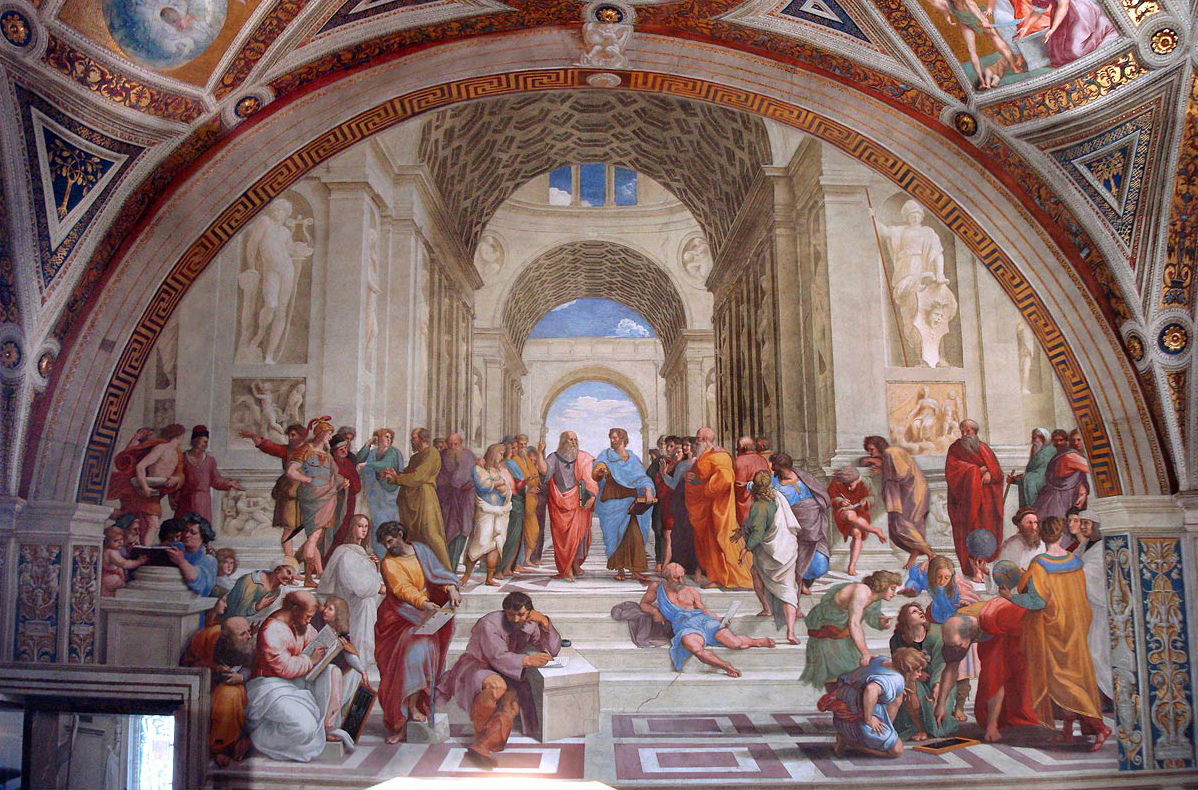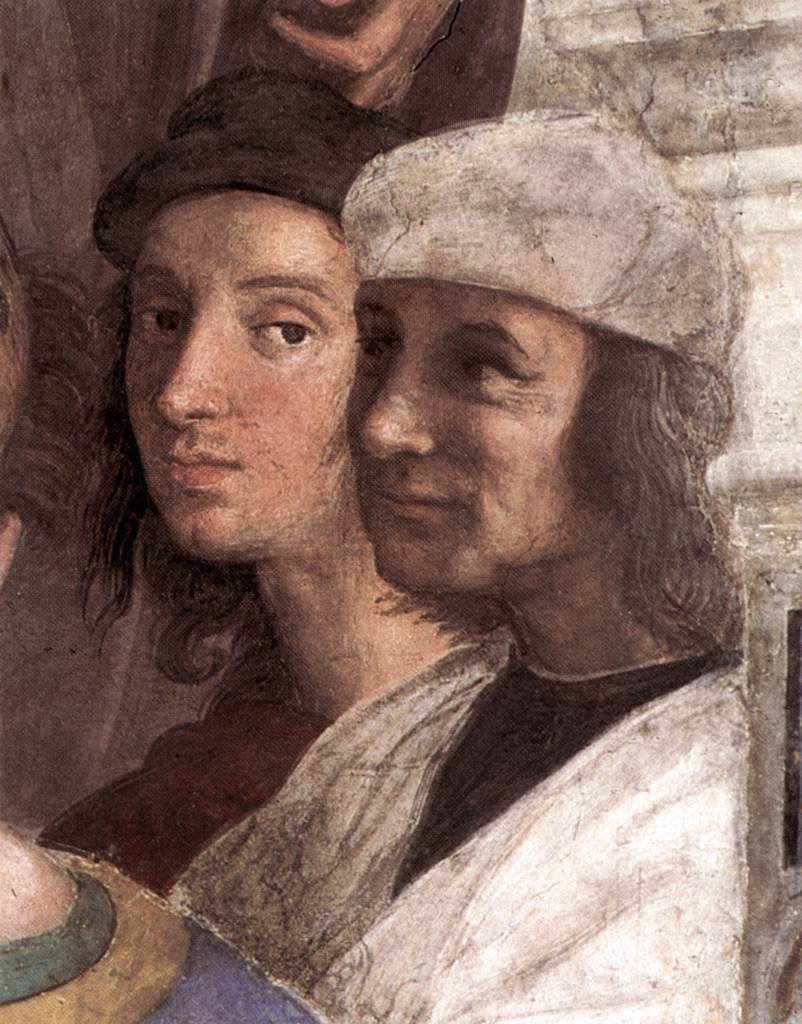Raffaello Sanzio da Urbino, known to history simply as Raphael, died on 6 April 1520, aged just 37. The date marked the end of one of the most influential careers in Western art.
Raphael died in Rome at the height of his fame, mourned so deeply that, according to accounts of the time, a crack appeared in the Vatican following the news.
Raphael’s funeral was a grand affair. He was buried in the Pantheon, once a Roman temple, beneath an inscription that reads:
“Here lies Raphael, by whom Nature feared to be outdone while he lived, and when he died, feared she too would die.”
His early training came under Perugino, but it was in Florence that he blossomed. There, he painted a series of Madonnas that showed not just religious reverence but human emotion. Madonna of the Goldfinch, still on display at the Uffizi, remains a prime example. The gallery also houses his portraits of Agnolo Doni and Maddalena Strozzi, an influential Florentine couple. Doni also commissioned Michelangelo’s Tondo Doni, making their support of Renaissance art significant.



Two of Raphael’s most highly regarded works in Florence, Madonna della Seggiola and La Fornarina, are found in the Palatine Gallery at the Pitti Palace. The former is notable for its intimate depiction of Mary and Christ, the latter for its possible connection to Raphael’s personal life. The bracelet worn by the woman in La Fornarina bears the artist’s name.
Raphael in Rome
In Rome, Raphael became the favourite of Pope Julius II. His frescoes in the papal apartments, especially The School of Athens, earned him enduring fame. He was also an accomplished architect and contributed to the design of St. Peter’s Basilica.
Michelangelo, ever a rival, once claimed: “Everything he knows of art, he learnt from me.” Yet Raphael’s style was his own – calm, graceful, deeply human.
Today, visitors to Florence can still see Raphael’s work displayed alongside da Vinci and Michelangelo in the Uffizi, a chance to witness three Renaissance masters in one place.
For more information on Raphael, where his works can be seen and for tours of the Uffizi, visit Floeasy.online






